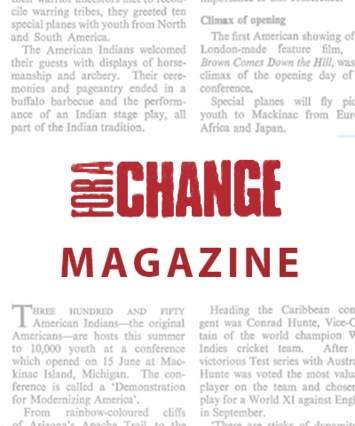The guerrilla leader drives up to the army controlled regional airport with five trucks filled with sophisticated weapons. Depending on which side one speaks to, he is a freedom-fighter or a terrorist.
He walks up to the Secretary of Defence, withdraws a pistol and places it on the table. The Secretary, a retired general, touches the pistol. It symbolizes the surrender of arms and an end to a protracted guerrilla war which has brought an island nation, a Third World country, to the brink of civil war and economic ruin.
A document changes hands. The scroll, signed by the executive President of the country, grants an amnesty to all those who surrender their arms.
A scene from another Hollywood extravaganza? No. The scene was real. The date - 5 August, 1987. The venue was Palaly Airport, near the northern capital, Jaffna, in Sri Lanka's Northern Province.
On 25 May, 1987, the Sri Lanka army launched 'Operation Liberation' to recapture parts of the Jaffna peninsula, which had been under the control of Tamil guerrillas for over two years. There was bitter fighting.
Two months later, many soldiers were all smiles, bidding goodbye to the Tamil guerrillas. There were moving scenes as enemies shook hands. But what was of paramount importance was that people on both sides of the barricades were from the same country, Sri Lanka.
For those who do not believe in miracles, the scenes were incredible. 6000 people had perished, men, women and children. As the massacres of the innocents mounted from ones and twos to hundreds, even the moderates had begun to lose hope that a solution would ever be found. If the statement that hate has a million children needed living proof, Sri Lanka could have provided it, without much prodding.
The Indo-Lanka accord signed by Sri Lanka and India on 29 July, 1987, changed many things in Sri Lanka. Within a week, there was a ceasefire and the surrender of the first lot of arms. The guns which spelt hate and destruction fell silent.
The real work begins now. Hearts which have cursed the other side need blood transfusions to flush out the hate.
Many nations have rushed in with aid for reconstruction. All this is essential. But not all the aid, money and effort will be of use if bridges of trust are not built so that the rivers of hate flow underneath them, instead of flowing over the land and collecting more victims.
The accord of 29 July, 1987, has brought peace. Some believe it is a temporary peace. Whether the bridges are made of wood which rots in the acid rivers of hate, or built decisively on concrete pylons which stand life's stresses and the tests of time, depends on the inputs to reconstruction. More than at any other time, Lanka needs the Commonwealth.
From the 'three princes of Serendib', Horace Walpole took the ancient name for Sri Lanka, Serendib, and gave the English language a new word, 'serendipity'. It means the faculty of making happy and unexpected discoveries by accident.
If the discovery is that bold decisions must be made which can change the outlook and future of a people, then Sri Lanka may well emerge as a living example of the word she inspired.
by Vijitha Yapa, Editor of the 'Sunday Times' in Colombo, Sri Lanka.
English


